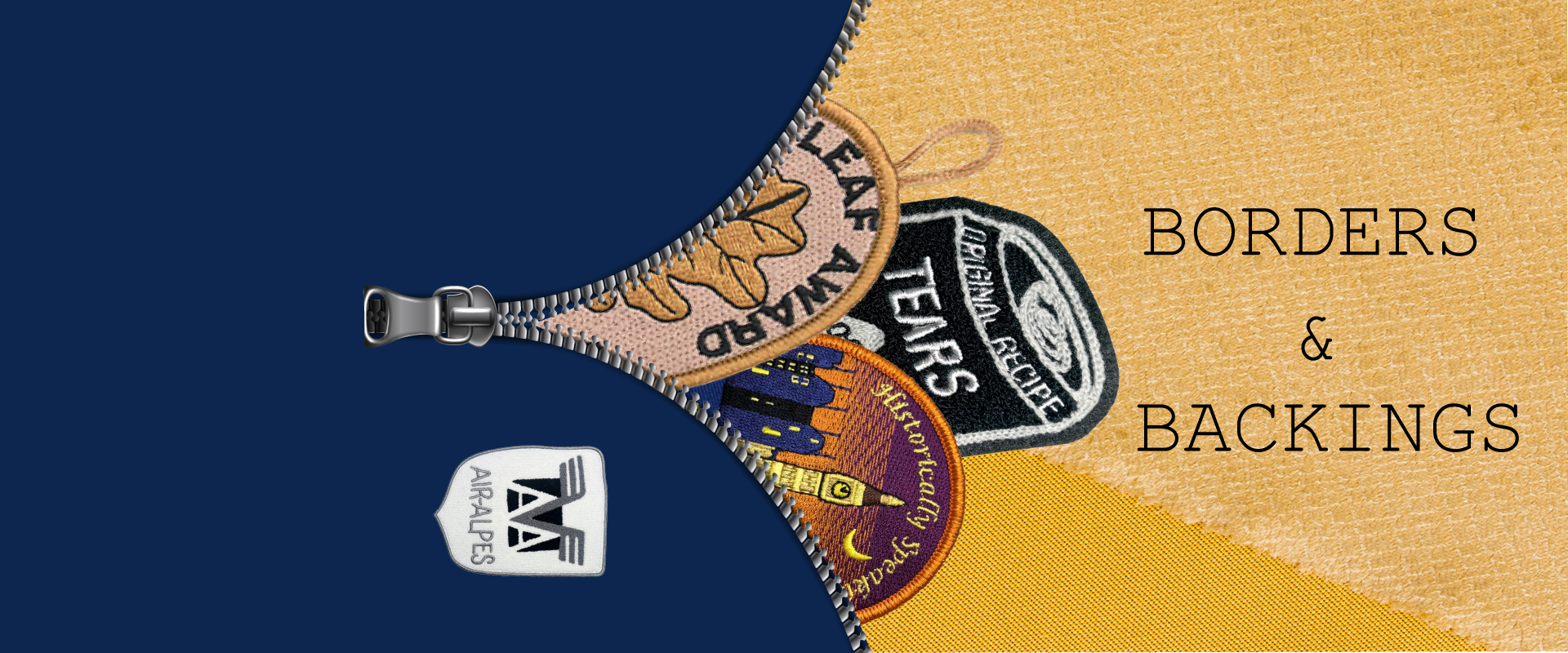THE TYPES OF PATCH BORDERS
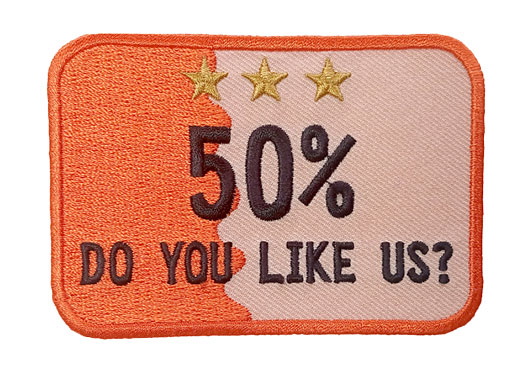
Heat-cut Border
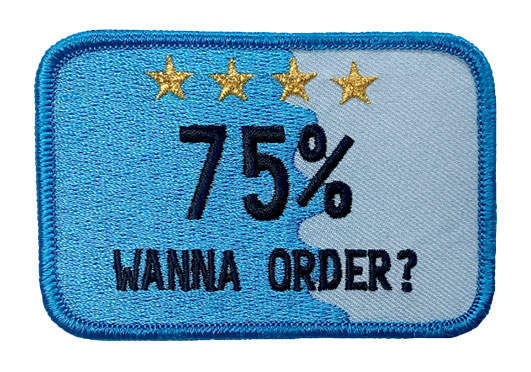
Merrow Border
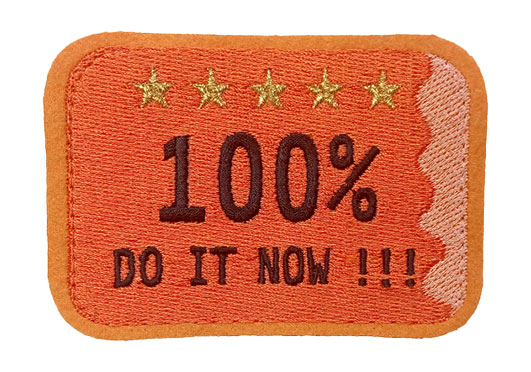
Laser-cut Border
HEAT-CUT BORDER
-
2mm Thick
2mm thick is the standard size for heat-cut border. It’s added after main patch is complete and cut to shape with a hot knife.
-
Complex Shapes
Recommended for any complex shapes without limits. It’s border commonly used for embroidered patches.
-
Lower Cost
Compared to merrow border, it’s more economical to your budget.
MERROW-BORDER
-
3mm Thick
3mm thick is the standard size for merrow border. It’s sewed up over the exterior edges of patches aka OVERLOCK.
-
Simple Shapes
Only used for certain simple shapes such as square, rectangle, triangle, circle and basic shield.
-
Durable
The most popular option for patches cause it’s much more durable compared to heat-cut border and looks more delicate.
LASER-CUT BORDER
-
2-5mm Thick
Minimum from 2mm to 5mm in maximum. It’s a good option for traditional border and applied to sport and work wear.
-
Borderless
It’s essentially a border used on applique (felt) and seals the edges so that the patch won’t fray.
-
Hole Cuts
Ideal for complex design in which there are much smaller holes that the edges can’t sealed by heat-cut.
LET’S MAKE A COMPARISON
SHAPES (Simple to complex)
Merrow border > Heat-cut border > Laser-cut border
DURABILITY
Merrow border > Heat-cut border > Laser-cut border
COST
Laser-cut border > Heat-cut border≥ Merrow border
THE RECOMMENDED BORDER OPTIONS FOR EACH TYPE OF CUSTOM PATCH
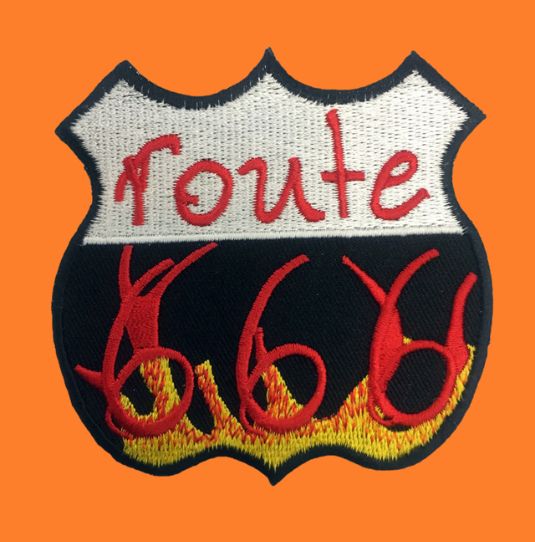
Embroidered Patch
Heat-cut border
Merrow border
Laser-cut border
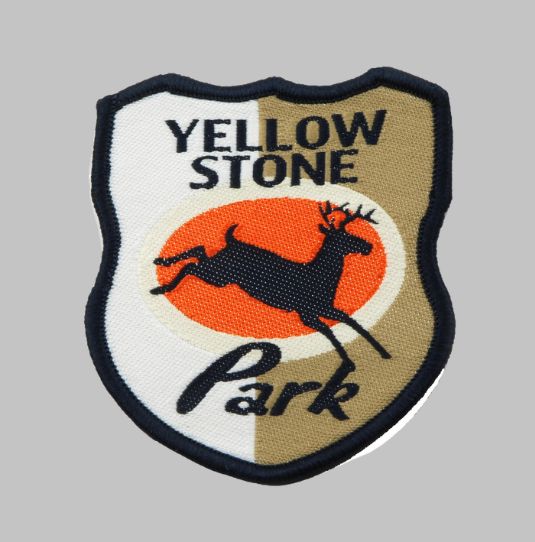
Woven Patch
Merrow border
Laser-cut border
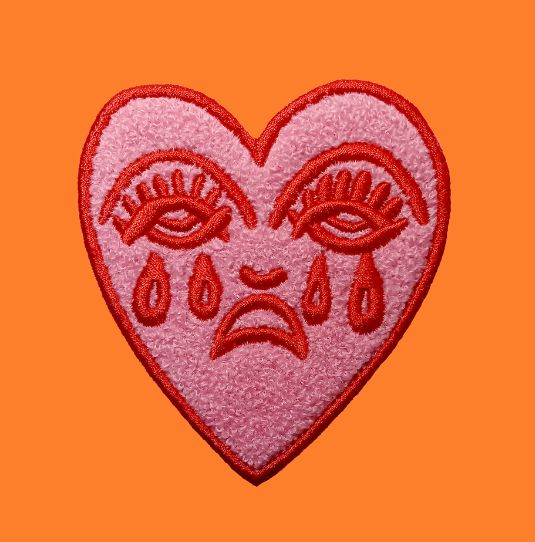
Chenille Patch
Heat-cut border
Laser-cut border
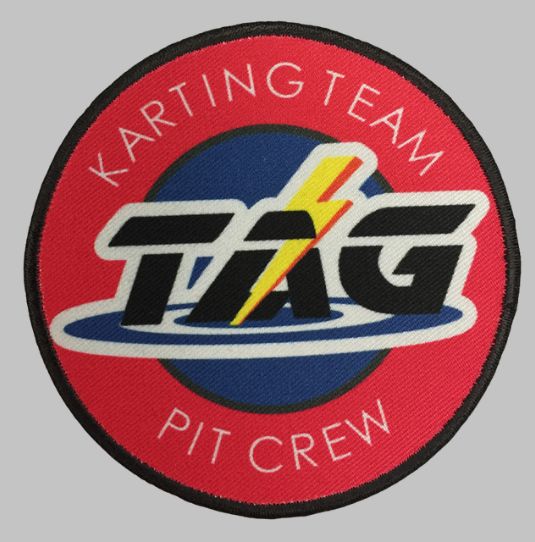
Printed Patch
Heat-cut border
Merrow border
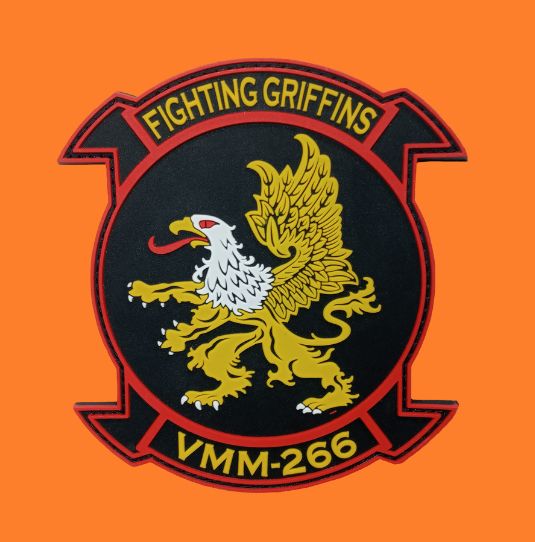
PVC Patch
No border
THE TYPES OF PATCH BACKINGS
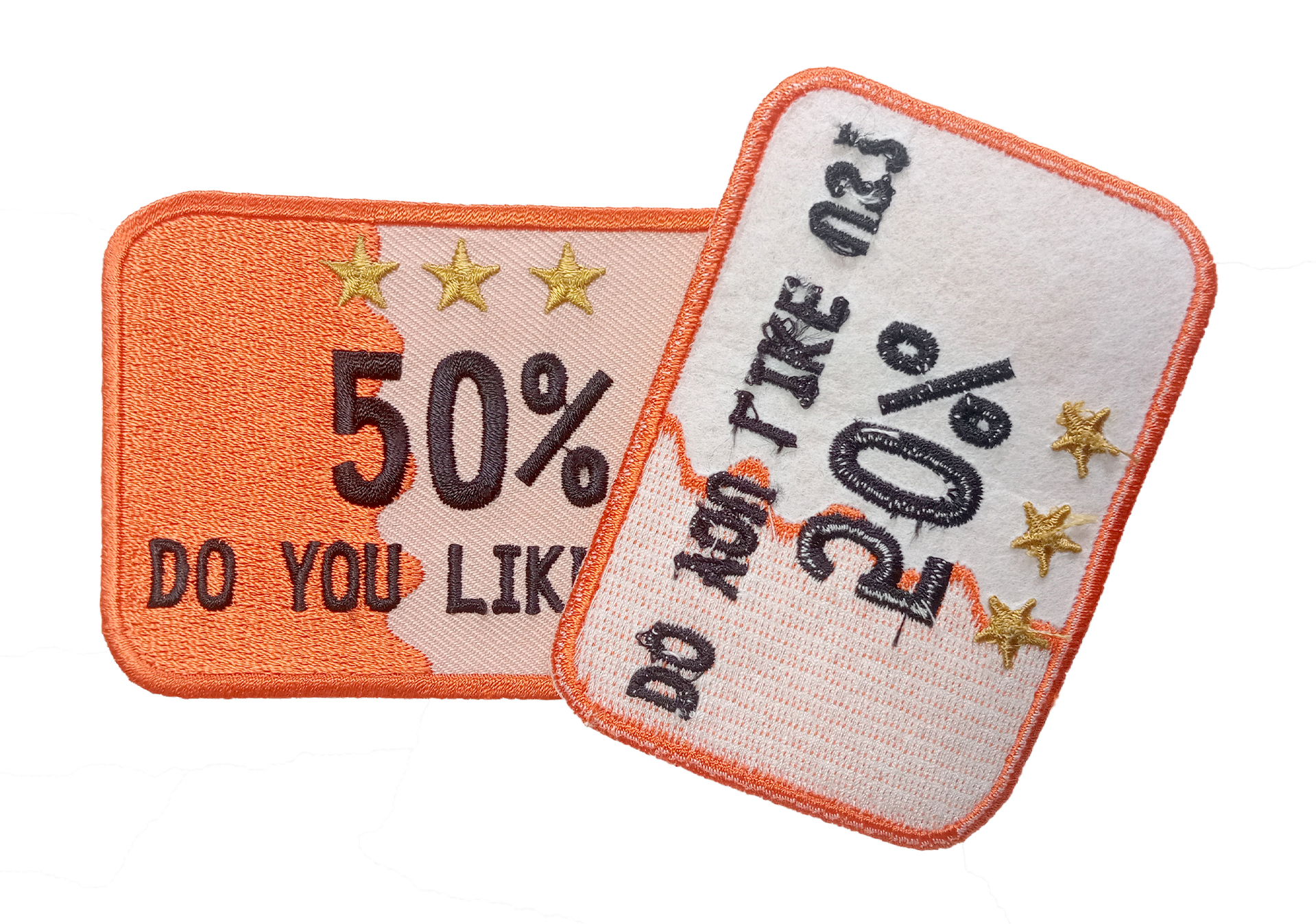
Sew-on backing
(no backing/ plain backing)
The back of your custom patch has no backing over the stitching. The threads and twill are displayed at the back of the patch.
Why pick sew-on backing?
● If you want patches that can be easily distributed in bulk.
● If you want to sew the patch permanently onto your garment.
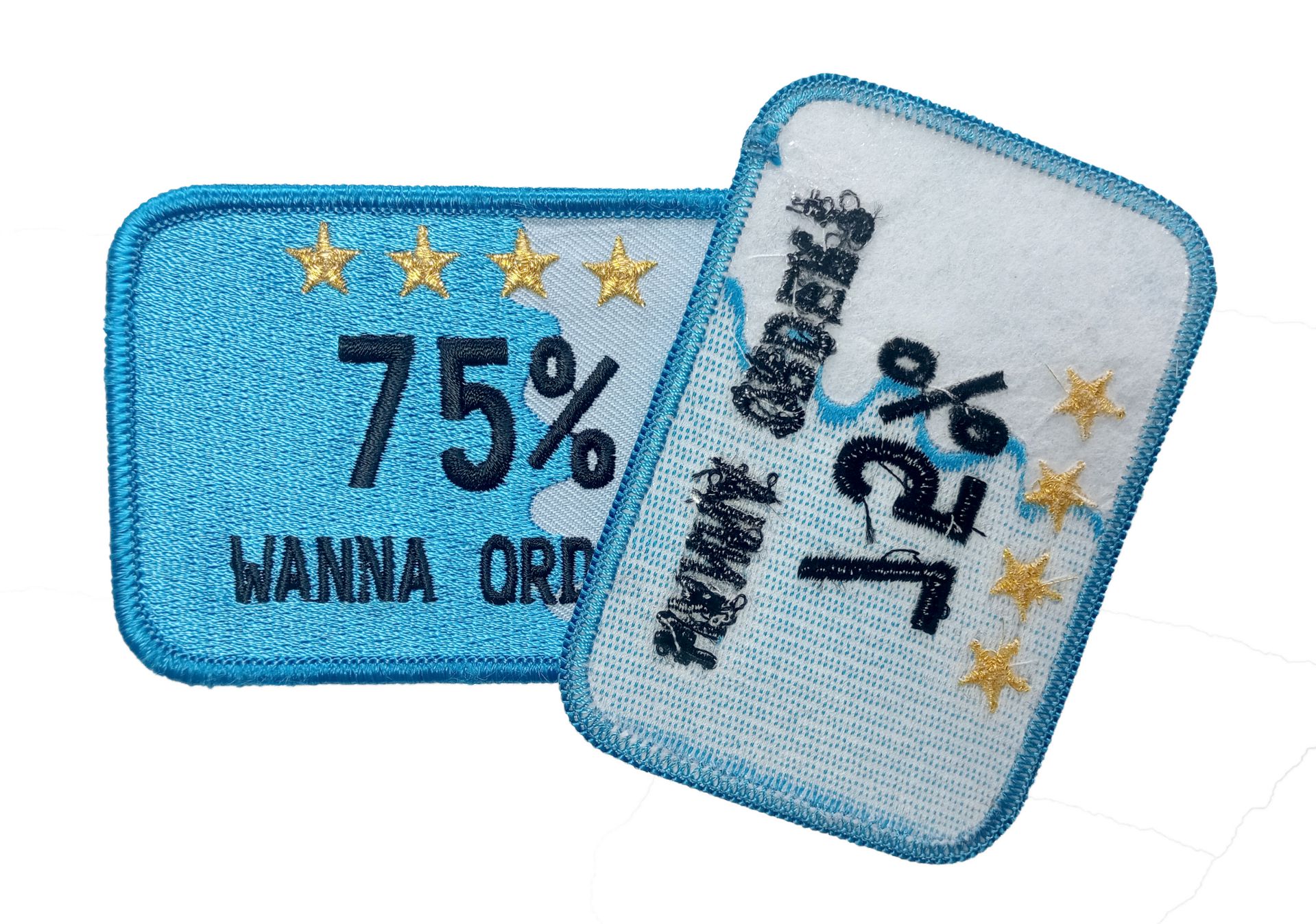
Iron-on backing
Iron-on patches have an adhesive heat seal which allows you to attach the patch to your garment with a standard home iron. The heat seal makes the patches stiff and flat.
Why pick iron-on backing?
● The fastest and easiest way to attach to any garment that you can do it with home iron.
● If you want to make your patches more durable from withstanding the frequent washes.
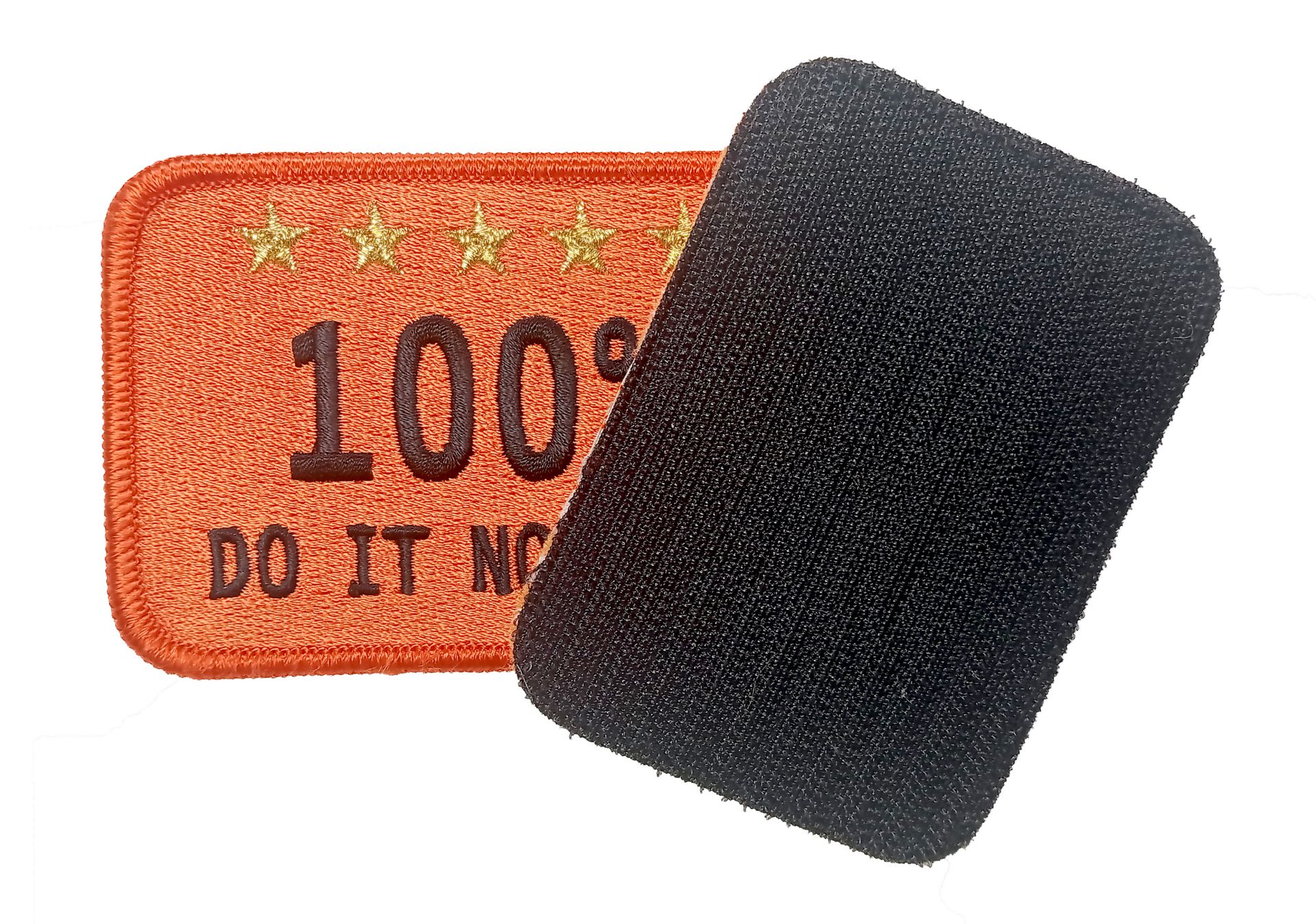
Velcro backing
(hook and loop backing)
It consists of two parts – the hook and the loop. The loop is sewn on the garment to which the patch will be adhered to. The hook is sewn onto the patch.
Why pick velcro backing?
● Easy to use and durable that you can peel the patch off easily whenever required and apply a new one.
● It also makes great fashion sense that you can put on and take off any number of patches easily.
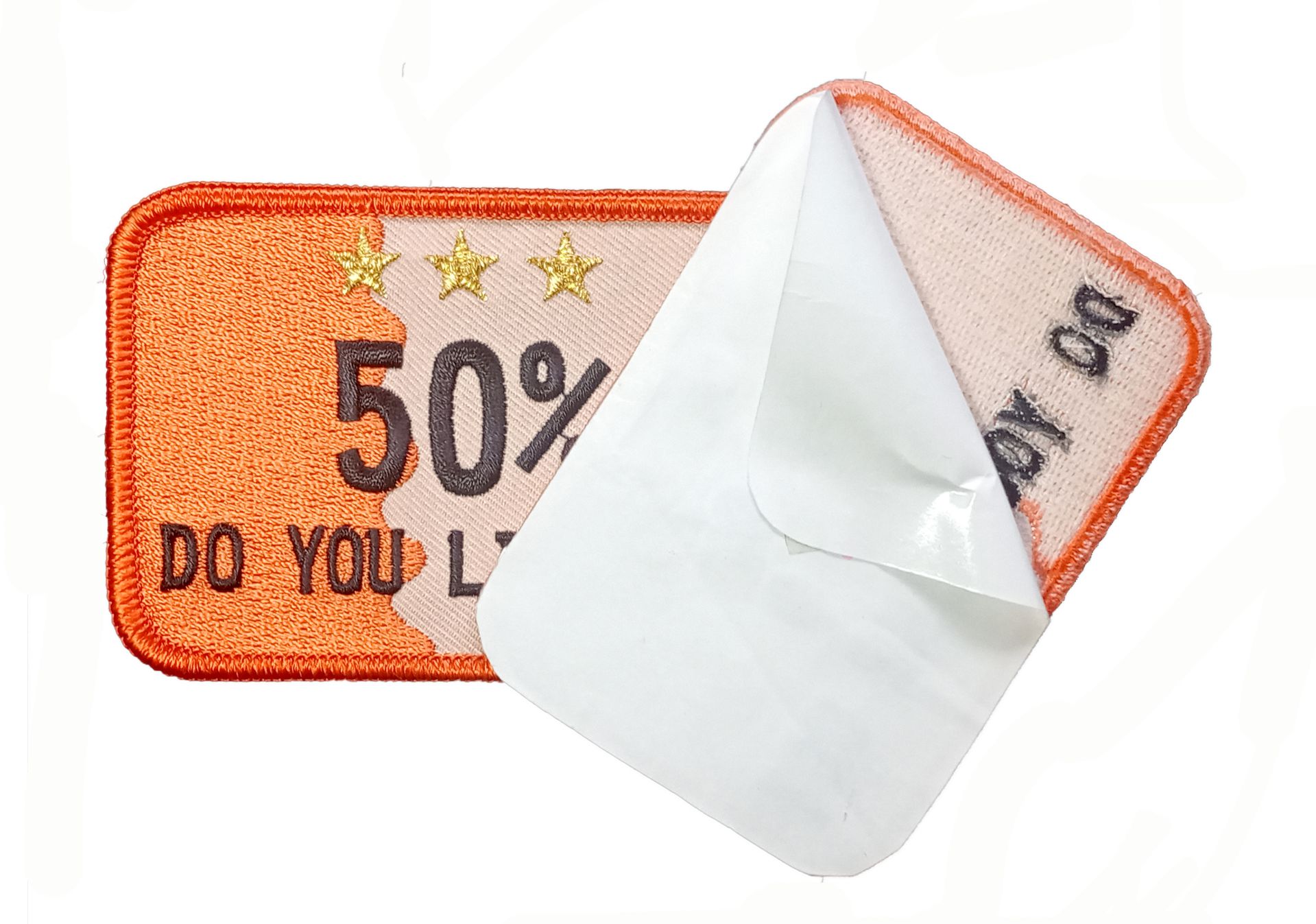
Adhesive backing
It works exactly like a sticker-a-glue and is applied to the back of custom patch and covered with peelable paper.
Why pick adhesive backing?
● If you want a temporary patch for a single event.
● Easy to use on any garment for all age groups.
WHICH MATERIAL IS THE BEST FOR PATCH BACKING?
| Material | Patch backing type |
| Cotton Polyester Denim | Best for all backings |
| Nylon Vinyl Leather | Sew-on, Velcro, adhesive |
WHAT ARE THE BEST BACKINGS FOR YOUR CUSTOM PATCHES?
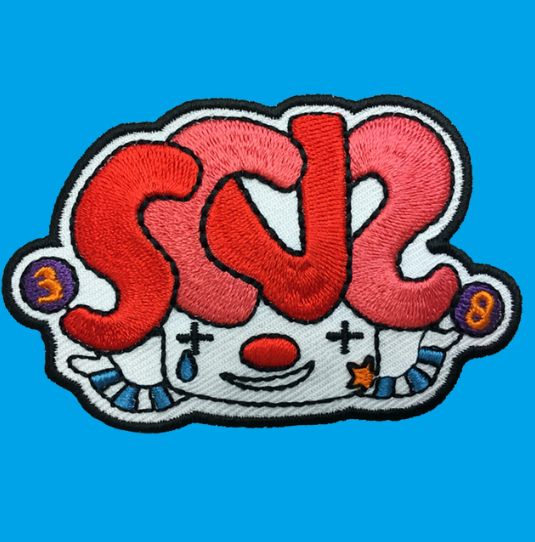
Embroidered Patch
Sew-on backing
Iron-on backing
Velcro backing
Adhesive backing
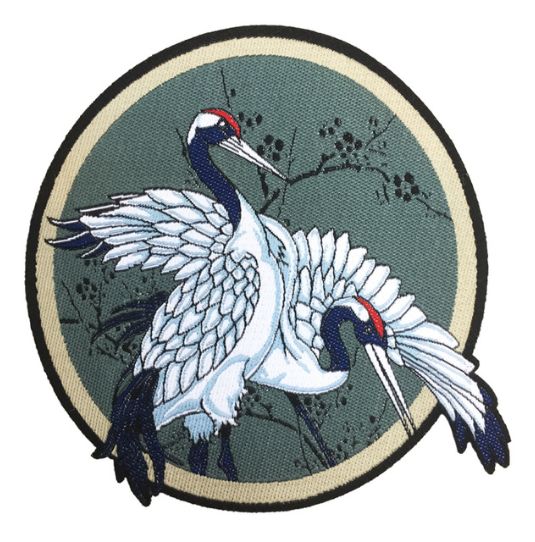
Woven Patch
Sew-on backing
Iron-on backing
Velcro backing
Adhesive backing
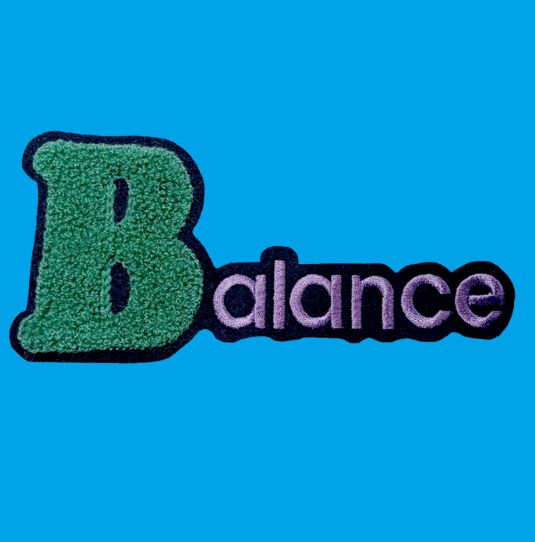
Chenille Patch
Sew-on backing
Velcro backing
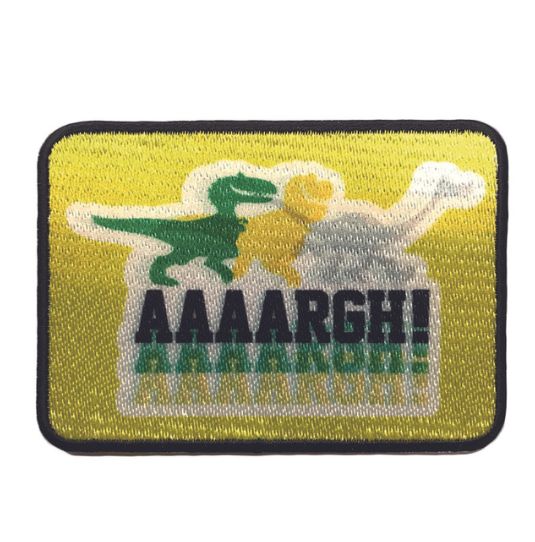
Printed Patch
Sew-on backing
Iron-on backing
Velcro backing
Adhesive backing
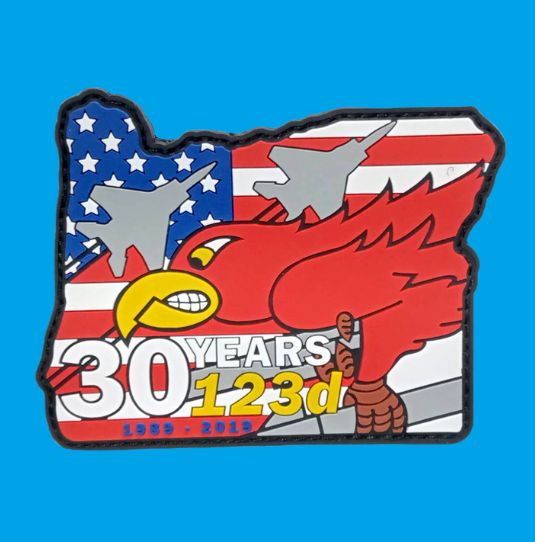
PVC Patch
Sew-on backing
Velcro backing
Adhesive backing

